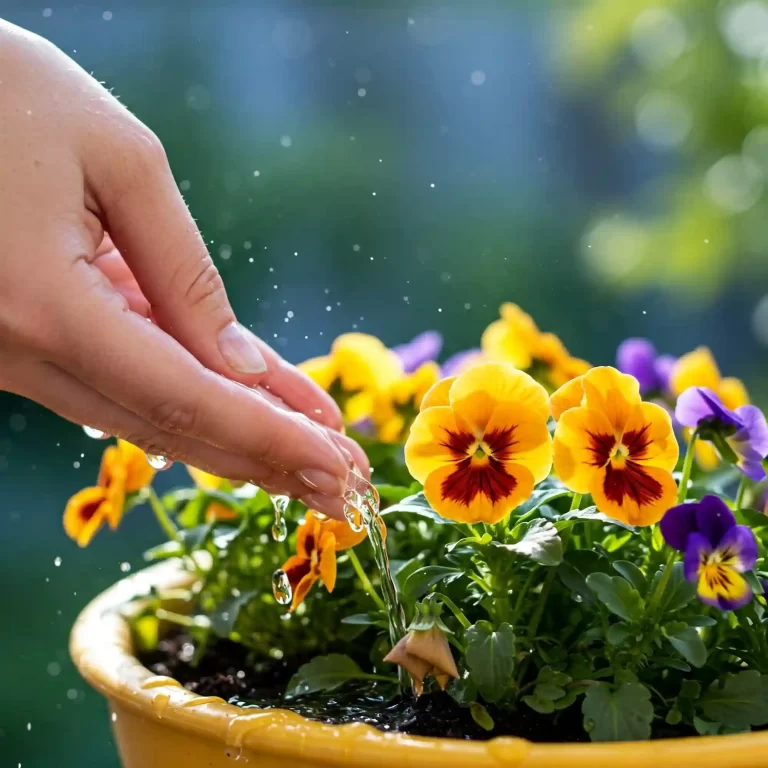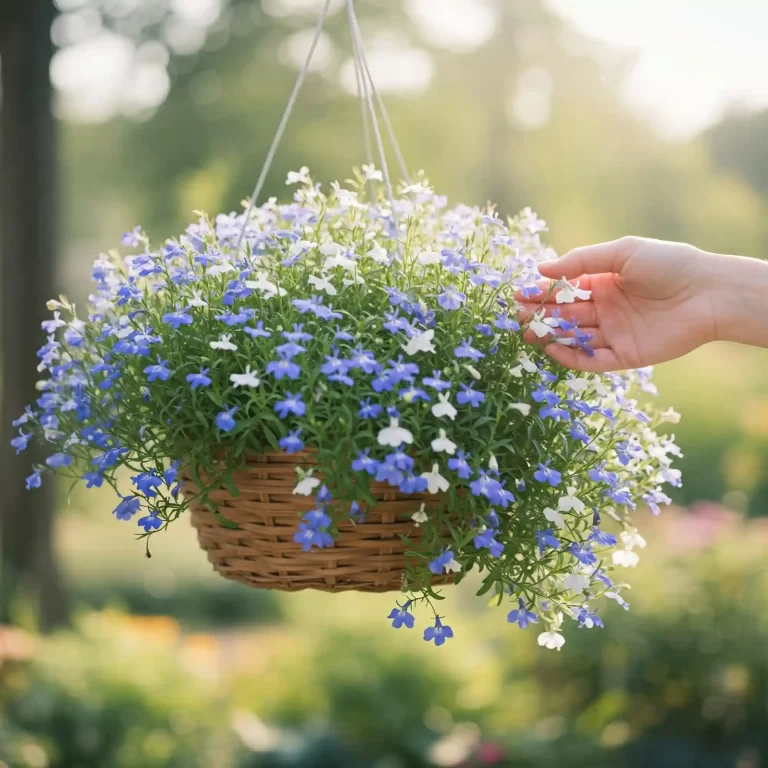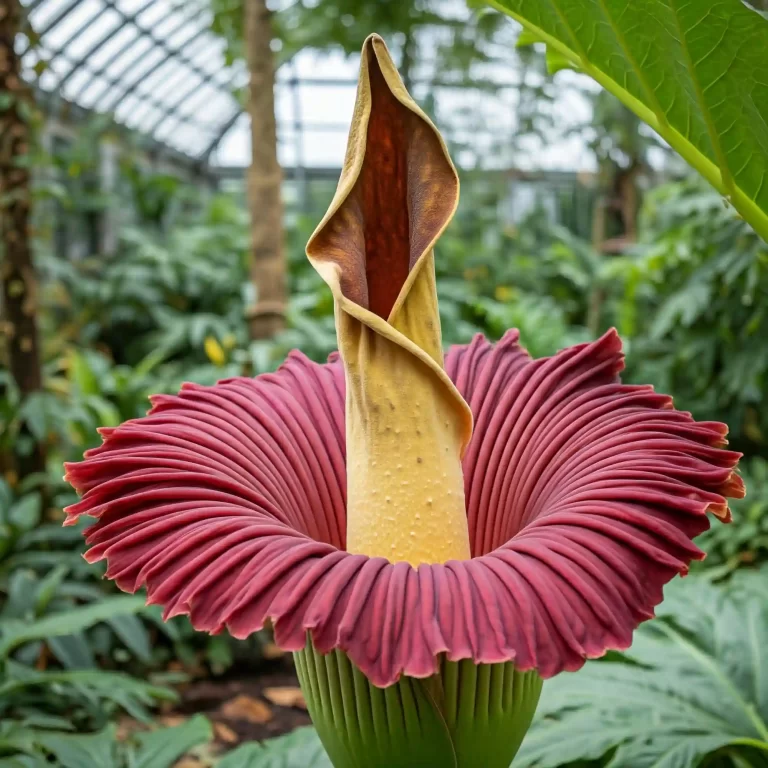Are you captivated by the delicate beauty of rosebud flowers? Do you dream of transforming your garden into a fragrant oasis filled with these enchanting blooms? Growing rosebud flowers can be a rewarding experience, but it requires careful planning and attention. This comprehensive guide will walk you through the essential steps to cultivate thriving rosebud plants in your own backyard.
Choose the Perfect Spot for Your Rosebud Flowers
Selecting the ideal location for your rosebud flowers is crucial for their growth and development. Rosebuds thrive in sunny environments, so choose a spot that receives at least six hours of direct sunlight per day. While they can tolerate some shade, insufficient light can hinder blooming and overall plant health.
Furthermore, consider the soil conditions in your chosen location. Rosebuds prefer well-drained soil rich in organic matter. Avoid planting in areas with heavy clay or compacted soil, as these conditions can lead to waterlogging and root rot. If your soil is lacking in nutrients, incorporating compost or aged manure can improve its quality.
Additionally, protect your rosebud plants from harsh weather conditions. Strong winds can damage delicate blooms and stems, so consider planting them in a sheltered area or providing windbreaks. Similarly, extreme temperatures can affect rosebud growth, so choose a location that offers some protection from frost and scorching heat.
Select the Right Rosebud Variety
By carefully selecting the perfect spot for your rosebud flowers, you’re laying the foundation for a successful garden. Now it’s time to choose the right rosebud variety to complement your garden’s aesthetic and your personal preferences.
The world of rosebud flowers offers a stunning array of colors, sizes, and fragrances. From classic red and pink hues to exotic yellows and oranges, there’s a rosebud variety to suit every taste. Consider the overall style of your garden when making your selection. For a romantic and traditional look, opt for classic hybrid tea roses with their elegant blooms. If you prefer a more casual and cottage-garden feel, English garden roses with their abundant blooms and delightful fragrance are an excellent choice.
When choosing a rosebud variety, it’s essential to consider your climate and growing conditions. Some varieties are better suited to specific regions than others. Research different rosebud types to determine which ones are most likely to thrive in your area. Additionally, consider the mature size of the rosebush to ensure it fits harmoniously within your garden space.
Popular Rosebud Varieties
To help you make an informed decision, here’s a list of popular rosebud varieties:
- Hybrid Tea Roses: Known for their long stems and classic beauty, hybrid tea roses are perfect for cut flowers and formal gardens.
- English Garden Roses: These roses boast abundant blooms, rich fragrance, and a charming, carefree appearance.
- Floribunda Roses: Producing clusters of flowers on each stem, floribunda roses offer continuous blooming throughout the season.
- Miniature Roses: Ideal for small gardens or container planting, miniature roses offer big blooms in compact packages.
- Climbing Roses: These versatile roses can be trained to cover walls, fences, or arbors, adding vertical interest to your garden.
Remember, this is just a small selection of the many rosebud varieties available. Take your time to explore different options and choose the ones that resonate with your personal style and garden vision. By selecting the right rosebud variety, you’ll set the stage for a breathtaking floral display.
Prepare Your Soil for Planting
By selecting the right rosebud variety, you’ll set the stage for a breathtaking floral display. Now, it’s time to prepare your soil to provide the optimal growing environment for your rosebuds.
Healthy soil is the foundation for thriving rosebud plants. Well-drained soil rich in organic matter is ideal for promoting root growth and nutrient uptake. If your soil is heavy clay or compacted, it’s essential to improve its structure. Incorporating organic matter like compost or aged manure can enhance soil fertility and drainage.
To prepare your soil, start by removing any weeds or debris from the planting area. Dig to a depth of about 12 inches and loosen the soil with a garden fork. Incorporate compost or manure into the soil, working it in thoroughly. For heavy clay soil, consider adding sand or perlite to improve drainage.
Once your soil is prepared, you’re ready to plant your rosebud flowers. Choose a sunny location with at least six hours of direct sunlight per day. Dig planting holes twice as wide as the rosebud’s root ball. Gently loosen the roots and place the rosebush in the hole, ensuring the graft union is above the soil line. Backfill with soil, firming it gently around the roots. Water thoroughly after planting.
Proper soil preparation is essential for the long-term health and vitality of your rosebud plants. By providing them with a nutrient-rich and well-drained growing medium, you’ll set the stage for abundant blooms and lush foliage.
Consistent Watering for Healthy Rosebuds
Consistent and proper watering is essential for the health and vitality of your rosebud flowers. While they require adequate moisture, overwatering can lead to root rot, while underwatering can cause wilting and stunted growth.
The ideal watering frequency depends on several factors, including climate, soil type, and plant maturity. As a general rule, water your rosebuds deeply and infrequently, allowing the soil to dry slightly between waterings. Deep watering encourages root growth, while allowing the soil to dry prevents waterlogging.
To determine if your rosebuds need water, check the soil moisture level about an inch below the surface. If the soil feels dry to the touch, it’s time to water. Avoid watering the foliage, as wet leaves can increase the risk of fungal diseases. Instead, focus on watering the base of the plant.
For optimal results, water your rosebuds in the early morning to allow the foliage to dry before nightfall. This helps prevent fungal diseases. During hot and dry weather, you may need to water more frequently.
By following these watering guidelines, you can ensure that your rosebud flowers receive the hydration they need to thrive.
Provide Essential Nutrients
Providing your rosebud flowers with essential nutrients is crucial for their growth, blooming, and overall health. Fertilizing regularly helps replenish the soil’s nutrient content, promoting strong stems, vibrant foliage, and abundant flowers.
The best time to fertilize your rosebuds is during the growing season, typically from spring to early fall. A balanced fertilizer with a ratio of 10-10-10 or 12-12-12 is a good starting point. However, the specific fertilizer needs may vary depending on your soil type and the age of your rosebushes.
You can apply fertilizer in several ways:
- Granular fertilizer: Sprinkle the fertilizer around the base of the rosebush, avoiding direct contact with the stems. Water the fertilizer in thoroughly to prevent root burn.
- Liquid fertilizer: Mix the fertilizer according to the package instructions and apply it directly to the soil, avoiding the foliage.
- Organic fertilizers: Compost, manure, or fish emulsion are excellent organic options that provide essential nutrients while improving soil structure.
It’s important to follow the fertilizer instructions carefully to avoid over-fertilization, which can harm your rosebuds. Over-fertilized plants may exhibit excessive foliage growth at the expense of flowers.
By providing your rosebuds with the proper nutrients, you’ll encourage healthy growth, abundant blooms, and increased resistance to pests and diseases.
Pruning Your Rosebud Flowers
Regular pruning is essential for maintaining the health and beauty of your rosebud flowers. It encourages new growth, promotes blooming, and helps shape the plant. Pruning also removes dead or diseased branches, preventing the spread of problems.
The best time to prune your rosebuds depends on the type of rose and your climate. For most rosebud varieties, late winter or early spring before new growth emerges is the ideal time. However, some climbing roses benefit from pruning in late summer or early fall.
When pruning, use clean, sharp pruning shears to make clean cuts. Remove any dead, diseased, or crossing branches. Thin out overcrowded branches to improve air circulation and light penetration. To encourage new growth, prune back stems to a point just above a healthy outward-facing bud.
Regular deadheading is also important for promoting continuous blooming. Deadheading involves removing spent flowers to prevent the plant from producing seeds and redirecting energy towards new blooms.
By following these pruning guidelines, you can maintain the shape and vigor of your rosebud plants while enjoying a continuous display of beautiful flowers.
Protect Your Rosebuds from Pests and Diseases
Rosebud flowers are susceptible to a variety of pests and diseases that can damage plants and reduce flower production. Common pests include aphids, spider mites, Japanese beetles, and rose slugs. Diseases such as black spot, powdery mildew, and rust can also affect rosebud plants.
To protect your rosebuds from pests and diseases, it’s essential to practice good garden hygiene. Remove and dispose of any infected plant material promptly to prevent the spread of diseases. Provide adequate air circulation around your rosebushes by spacing them properly and pruning to remove overcrowded branches.
Regularly inspect your rosebud plants for signs of pests or diseases. Early detection is key to effective control. You can use a variety of methods to manage pests and diseases, including:
- Cultural practices: Planting resistant varieties, providing proper watering and fertilization, and maintaining good garden hygiene can help prevent problems.
- Physical controls: Handpicking pests, using row covers to protect plants, and hosing down plants to remove aphids can be effective.
- Biological controls: Introducing beneficial insects like ladybugs or lacewings can help control pest populations.
- Organic pesticides: Neem oil, insecticidal soap, and horticultural oil can be used to target specific pests.
- Chemical pesticides: If necessary, use chemical pesticides as a last resort, following label instructions carefully.
By implementing a combination of these control methods, you can effectively manage pests and diseases while minimizing the impact on the environment.
Enjoy Your Beautiful Rosebud Flowers
With proper care and attention, you can enjoy the beauty of your rosebud flowers for an extended period. By implementing a few simple techniques, you can encourage continuous blooming and prolong the life of your blooms.
One of the most effective ways to extend the blooming period of your rosebuds is through consistent deadheading. Deadheading involves removing spent flowers to prevent the plant from producing seeds and redirecting its energy towards producing new blooms. By removing faded flowers regularly, you can encourage your rosebushes to produce a succession of beautiful blossoms throughout the growing season.
In addition to deadheading, proper fertilization plays a vital role in extending the blooming period. Provide your rosebuds with a balanced fertilizer during the growing season to supply the necessary nutrients for continuous flower production. Avoid over-fertilization, as this can lead to excessive foliage growth at the expense of blooms.
Pruning can also impact the blooming period of your rosebuds. While regular pruning is essential for overall plant health, excessive pruning can reduce the number of flowers. Focus on removing dead, diseased, or crossing branches, and avoid heavy pruning during the blooming season.
By combining these techniques, you can enjoy a longer and more vibrant display of rosebud flowers in your garden.
Winter Care for Rosebud Flowers
Rosebud flowers are not only admired for their beauty but also make stunning additions to floral arrangements. Harvesting rosebuds at the perfect stage is crucial for creating long-lasting and visually appealing bouquets.
The ideal time to harvest rosebuds is in the early morning when the flowers are fully open and the dew has evaporated. Using sharp pruning shears, cut the stems at a 45-degree angle to allow for better water uptake. Choose stems that are free of diseases or pests.
To extend the vase life of your cut rosebuds, condition them properly. Remove any leaves that will be submerged in water, as they can promote bacterial growth. Cut the stems underwater to prevent air bubbles from blocking the water uptake. Place the rosebuds in a vase filled with clean water and flower food.
By following these tips, you can enjoy the beauty of your homegrown rosebud flowers in stunning floral arrangements.
While rosebud flowers are relatively hardy, they require some protection during the winter months to ensure their survival. Proper winter care is essential for the health and longevity of your rosebushes.
To prepare your rosebuds for winter, start by clearing away any fallen leaves or debris around the base of the plants. This helps prevent diseases and pests from overwintering. Next, prune any dead or damaged canes to improve air circulation.
If you live in a region with harsh winters, consider providing additional protection for your rosebushes. Mulching the base of the plants with a layer of compost or bark chips can help insulate the roots from freezing temperatures. You can also wrap the canes with burlap or horticultural fleece for added protection.
By taking these steps, you can help your rosebud plants survive the winter and emerge healthy and ready to bloom in the spring.
Growing rosebud flowers can be a rewarding and enjoyable experience. By following these guidelines, you can cultivate stunning rosebud gardens that will bring beauty and fragrance to your outdoor space. Remember, patience and consistent care are key to success. With dedication and attention to detail, you’ll be rewarded with a breathtaking display of rosebud blooms.
In addition to the tips provided in this guide, there are many other resources available to help you on your rosebud gardening journey. Consider joining local gardening clubs or online forums to connect with other rose enthusiasts and share your experiences. You can also find valuable information in gardening books and magazines.
By expanding your knowledge and seeking advice from experienced gardeners, you can continue to learn and improve your rosebud growing skills. Remember, every garden is unique, so experiment with different techniques and find what works best for you.
With passion and perseverance, you can create a rosebud garden that is a true testament to your gardening expertise. Happy gardening!



